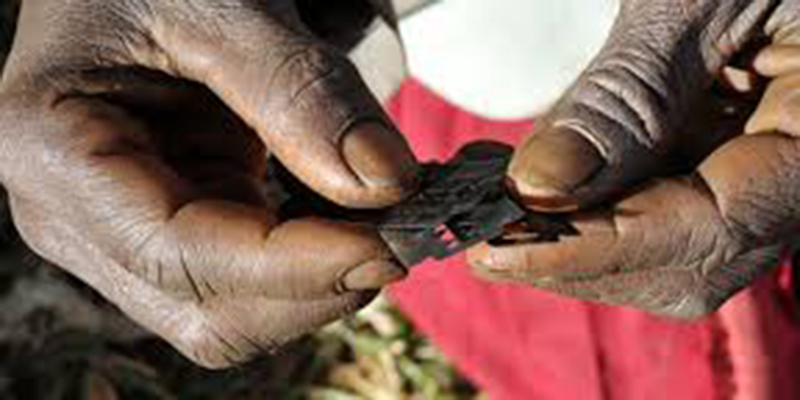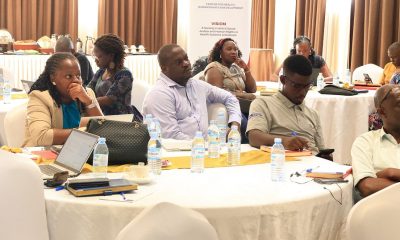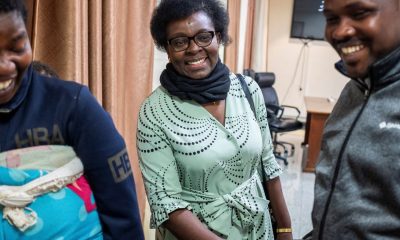Health
FGM still rampant despite ban, UNICEF

Some of the implements used to mutilate the young girls
Whereas the government outlawed Female Genital Mutilation (FGM) in 2009, a worrying number of girls and young women still endure the painful cultural practice according to the United Nations Children Fund (UNICEF).
Catherine Ntabadde, UNICEF’s Communication Specialist told The Sunrise that the practice is continuing and its promoters have devised new ways of perpetrating it.
Ntabadde, whose organization is working with children in Karamoja sub-region expressed concern over the fact that perpetrators of FGM now take victims across the border in Kenya from where they cut them.
The 2011 Demographic Health Survey revealed that up to 134,000 girls and women had endured the painful FGM practice in Uganda.
FGM remains rampant in six districts of Kapchorwa, Bukwo, Pokot, Amudat, Kween, Nakapiripirit, Moroto, contrary to the law.
Ntabadde noted however that despite the continued prevalence of the practice, the last couple of years represent an improvement thanks to continued sensitization of communities by various state and non-state agencies.
According to UNICEF records, the number of cases reported to authorities ( i.e. police, district, NGOs) in 2014 declined to 84 from 118 reported in 2013 and 275 registered in 2012.
FGM is practiced mostly by the Sabiny, the Tepeth as well as the Pokot in Kapchorwa, Bukwo and Kween, Kadam, in Nakapiripirit, Amudat Districts.
Ntabadde expressed concern however over the fact that many girls still endure the painful practice in hiding.
“Many girls practice FGM in hiding or remote places, while others cross the border via Amudat and get cut in Kenya, which makes it difficult to track them down,” said Ntabadde.
She expressed concern about the weak legal system that can be used to stop cutters from crossing the border in order to hide away law enforcement officials.
FGM is also believed to be practiced by the Somalis who live mostly in Kisenyi zone in Kampala, the Nubi Ethnic group who reside in Bombo, north of Kampala, Arua and elsewhere (in the Western Nile region).
Ntabadde adds that FGM has been reported in the districts of Isingiro, Kamuli, Kamwenge and Bugiri. Genital elongation, another practice banned by the law and practiced mainly by the Baganda is still ongoing.
The actual cutting is performed by an old woman specially “chosen” for this task, and known as the cutter or the mutilator. Traditional Birth Attendant (TBA) also practices it, in some cases girls cut each other as well.
According to UNICEF, FGM/C is carried out using special knives, scissors, razors, or pieces of glass. Cutters usually use no painkillers during the procedure.
The girls are normally held down with their legs open, or sit on a stone to force the labia to get exposed. The age at which FGM/FGC is performed varies from one ethnic group to another. Among the Pokot girls are cut as young as 9 years old.
Ntabadde said that some parents think that FGM/C is considered as their Culture rite of passage and a necessary step for transition of girls to womanhood. Thus, once FGM/C is carried out parents think out that the girls are available for marriage. But experts condemn this belief saying that it exposes underage girls to diseases, psychological torture and other birth-related complications.
Thanks to efforts by the United Nations through its various agencies such as UNFPA and UNICEF, the practice has received significant attention leading to a law that banned it.
An intensive sensitisation and community engagement exercise has resulted into several communities including surgeons abandoning the practice. FGM is now much more practised in hard-to- reach areas like in mountains, caves in Karamoja, and across the border in Kenya.
Comments


















